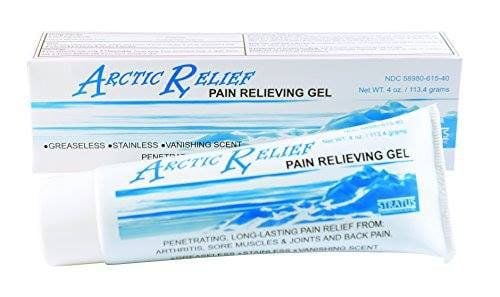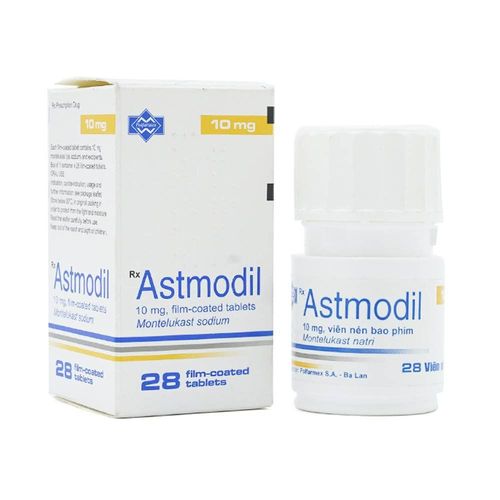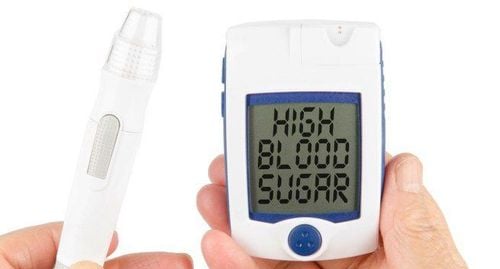This is an automatically translated article.
Shortness of breath is a common symptom that can come on suddenly or gradually. If you're having trouble breathing, that doesn't mean you need to worry, but it's a good idea to see your doctor as soon as possible. There are many causes of shortness of breath and they are treatable. This article will provide some mild breathlessness remedies that people can try at home.
1. How does shortness of breath appear?
A healthy adult inhales and exhales up to about 20 times per minute, slowly and without exertion. After a strenuous workout, your breathing rate may increase, but you'll almost never feel out of breath.
When you have trouble breathing or you don't feel enough air in your lungs. Shortness of breath can range from mild to severe, you may feel:
Out of breath; Lack of air to breathe, suffocation; Unable to take deep breaths; Breathing rate increases; Chest tightness ; Feeling lightheaded if you can't get enough oxygen into your lungs. Dyspnea can be acute (sudden shortness of breath) or chronic (persistent dyspnea). Acute dyspnea usually appears within minutes or hours, and may be accompanied by other symptoms such as fever, rash, or cough.

"Khó thở nên làm gì" là thắc mắc đối với những người gặp tình trạng này
Chronic shortness of breath makes you feel short of breath when performing everyday tasks, such as walking from room to room or standing up.
Sometimes shortness of breath gets better or worse with certain body positions. For example, lying flat causes shortness of breath in people with certain types of heart and lung disease. Keeping track of your symptoms helps your doctor find the cause of your shortness of breath and prescribe the best treatment.
2. Causes of Shortness of Breath Some people may experience sudden shortness of breath for a short period of time. If shortness of breath occurs more often, then there may be a cause or result of a more serious underlying condition.
In 85% of cases, shortness of breath is caused by a medical condition affecting the heart or lungs. The heart and lungs help transport O2 around the body and remove CO2. Therefore, diseases affecting the functioning of the heart and lungs can affect the body's breathing.
Underlying conditions that affect the heart and lungs and can cause difficulty breathing include:
Lung conditions such as: asthma, chronic obstructive pulmonary disease (COPD), lung cancer, pulmonary embolism, pulmonary tuberculosis or pneumonia...; Cardiovascular disease: heart failure, open heart valve, dilated cardiomyopathy... Some other possible causes are:
Anemia: When you are anemic, you may also feel tired, pale skin and dizzy; Thyroid disease: Both hyperthyroidism and hypothyroidism can cause shortness of breath; Anxiety and panic; Foreign object accidentally inhaled into the lungs; Gastroesophageal reflux ; Anaphylaxis (a type of severe allergic reaction). Risk factors such as obesity, overweight, smoking, frequent exposure to polluted air...
3. When you have trouble breathing, what should you do? Treatment for shortness of breath will depend on the cause. For example, if the cause is asthma, use a bronchodilator when an exacerbation occurs. Or due to pleural effusion, depending on the amount of fluid, the doctor may prescribe drainage to help relieve shortness of breath. If you take medication, always take it as directed by your doctor.
4. Shortness of breath what to do at home? Once the patient knows what's causing the shortness of breath and it's not a medical emergency, you can try relieving the shortness of breath at home. Breathing and relaxation techniques can be helpful. When feeling short of breath, try the following exercises that can help relieve shortness of breath at home:
4.1. Deep breathing exercises Deep belly breathing can help control shortness of breath. People can try deep breathing at home by following these guidelines:
You should lie down with your hands on your stomach; Inhale deeply through the nose, stretching the abdomen and allowing more air to enter the lungs; Hold the breath for a few seconds; Exhale slowly through your mouth, emptying your lungs. People can do this exercise several times a day or when they have trouble breathing. This exercise works best when you breathe slowly and deeply rather than breathing rapidly.
In addition, people with shortness of breath should try other deep breathing exercises, such as diaphragmatic breathing. Some studies show that when a sick person does the wrong deep breathing exercises, they can do more harm than good. If possible, perform these exercises with the help of your doctor to reduce possible risks.
4.2. Pursed-lip breathing helps reduce shortness of breath Pinch-lip breathing helps reduce shortness of breath by reducing your breathing rate. This exercise is especially helpful if shortness of breath is caused by anxiety. To try pursed lip breathing at home, you should:
Sit upright in a chair with your shoulders relaxed; Keep your lips pursed, leaving a small gap between them; Inhale through the nose for a few seconds; Exhale slowly by pursed lips; Repeat this breathing pattern a few more times. You can try this exercise whenever you feel short of breath and repeat throughout the day until you feel better.
4.3. Find a position that makes you more comfortable Finding a comfortable and supportive position when sitting or lying down can help you relax and regain your breath. If shortness of breath is caused by anxiety or overexertion, this remedy is especially helpful. When you have trouble breathing, do the following positions that can reduce pressure on your airways and improve your breathing:
Lean forward and preferably use a table to support your head; Leaning back against the wall; Lie down, head and knees are supported with higher pillows. 4.4. Steam helps to keep the airways through your nose and throat clear, making breathing easier. The heat and moisture from the steam help to thin the phlegm, making it easier to cough up, improving shortness of breath. Sauna at home when having difficulty breathing as follows:
Pour hot water into the basin; Put a few drops of menthol in the basin; Place your face on top of the bowl and cover your head with a towel; Deep breath. If the water has just boiled, you should let it cool down, avoiding the hot steam from burning your face.

Nếu chưa biết khó thở nên làm gì thì bạn hãy xông hơi
5. When to call an ambulance? Some breathing problems can be life-threatening and require immediate medical attention. If you experience the following symptoms when you feel short of breath, you should contact an ambulance for help:
You have sudden severe shortness of breath; your shortness of breath is accompanied by chest pain, nausea, or fainting; Your lips or fingertips turn purple; Unable to talk due to difficulty breathing. Besides, when shortness of breath first appears and you don't know why; or when shortness of breath occurs with symptoms such as cough, fever, sore throat, body fatigue... go to a medical facility and consult a doctor to determine the exact cause. shortness of breath.
6. Lifestyle changes when having trouble breathing, what to do? Depending on the cause of the dyspnea, a person can make several changes to their lifestyle to avoid triggers and ease symptoms. These changes include:
Lose weight if obesity is the cause of breathing problems; Exercise improves physical fitness; Avoid exercising in hot conditions, in high places; Quit smoking or avoid passive smoking; Avoid allergens and environmental pollution; Follow your treatment plan if you have any medical conditions that are causing shortness of breath. Shortness of breath can make you anxious. When you feel short of breath, trying home treatments can help, including breathing exercises, certain postures, and steam baths. If you're worried about shortness of breath or don't know the cause, you should talk to your doctor for advice.
Please dial HOTLINE for more information or register for an appointment HERE. Download MyVinmec app to make appointments faster and to manage your bookings easily.













